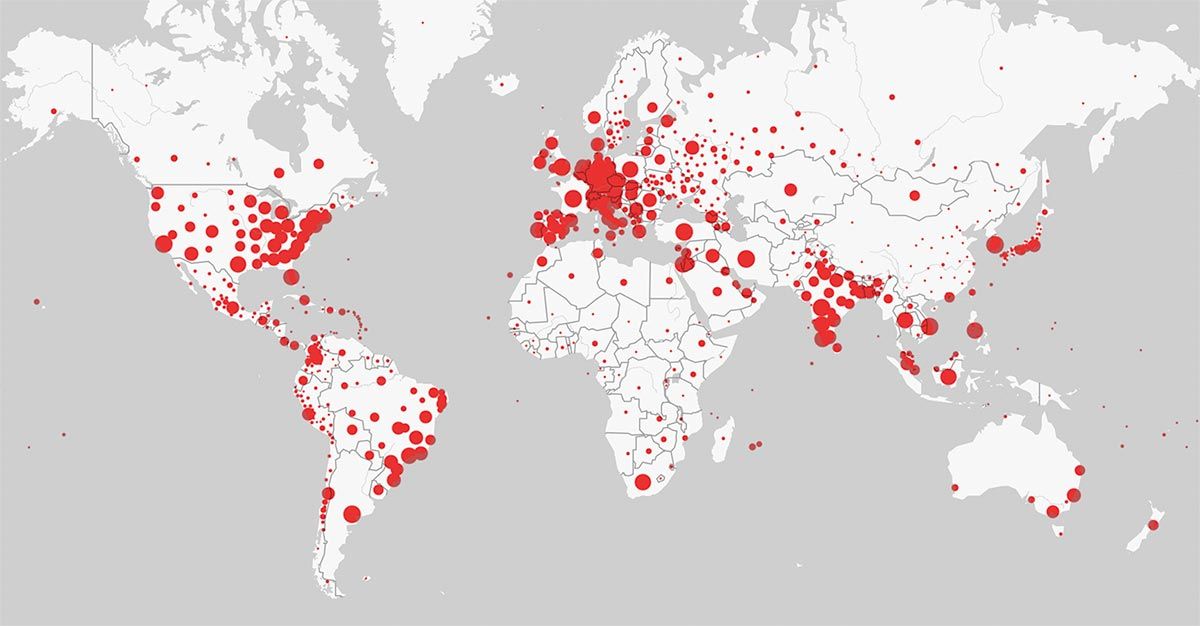
My employer’s mandatory return-to-site policy has been in effect for several months. A pattern has emerged: every few weeks, the safety team’s email arrives, letting me know that I have been exposed during a likely contagious period to an unnamed work colleague who subsequently tested positive for COVID.
Again. And again.
Masks are freely available at work, which is nice. Test kits aren’t: now, you must fill out a form JUSTIFYING why you want one from a menu of specific types of exposure. This seems… counterproductive.
I actively monitor myself, I keep fresh at-home tests stocked (at my own expense!), I pay attention to changes in how I feel. I maintain a supply of fresh Korean KF-94 masks (I like the fit), prettier Hong Kong masks (rated EN149 & FFP2; I like the designs and colors), and some even prettier Japanese fabric masks (because not every situation requires a highly rated mask, and Japanese fabric patterns are so hip). There are fresh masks sealed in containers in nearly every type of purse, bag, or backpack I carry.
But this is effort. And money.
As another COVID wave rolls through the office, and we must navigate our obligations to keep others safe while not necessarily being safe ourselves, I marvel that this most recent office exposure (day zero) resulted in an authentic COVID headache (TM) and fatigue on day 4 – without a fever and without testing positive. My relief at the mildness of my condition arm-wrestles with the frustration that I must be exposed this way at all, and don’t know what to expect next.
My interpretation of current official guidance is: if/when I feel fine, it doesn’t really matter if I have COVID anyway (!?!), which seems like something written by COVID itself.
I have jokey flashbacks to that scene from the Devil Wears Prada about being ‘one stomach flu away from [my] goal weight,’ and joke that I feel ripped off: rather than returning to the office slimmer, or with fewer wrinkles, or with firmer abs as the result of my exposure, I’ll only return to the office with a higher risk of stroke and other unwanted conditions. (Zero stars: I do not recommend COVID at all.)
I write this as someone who likes going into the office three (or even four) days a week. There’s something about the flexibility that hybrid work policies gave people to stay home when they felt a little off without needing to justify it that was broadly beneficial. Those are just GOOD policies.












